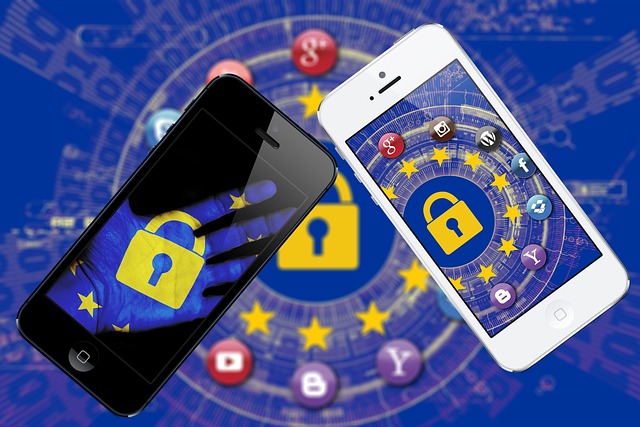In our ever-evolving world, the technological impact on society cannot be overstated. Each innovation has shaped the way we interact, socialize, and communicate, prompting the emergence of new norms we now refer to as technology etiquette. As we navigate through social trends in our community, understanding these unwritten rules helps us foster a harmonious coexistence in both virtual and real-life interactions.
Technology etiquette is not merely about knowing when to put your phone away during a conversation or understanding the dos and don’ts of online communication. It encompasses a broader spectrum of understanding how our digital behaviors influence relationships and community dynamics. For instance, the rise of social media has transformed the landscape of social interactions. While platforms like Facebook and Instagram allow us to connect with friends and family across the globe, they also challenge us to be mindful of our online presence. Posting content that is respectful and inclusive has become vital in sustaining positive relationships.
Another aspect of technology etiquette involves the balance between our digital and physical lives. In many communities, there’s an unwritten rule of keeping conversations genuine and personal, even while engaging in technology. Engaging in a face-to-face conversation while occasionally glancing at our devices can foster feelings of neglect among those present. This has sparked a social trend advocating for ‘phone-free’ zones and events, emphasizing the importance of being present and engaged in the moment.
The impact of technology on our social skills cannot be ignored. Younger generations, often labeled as ‘digital natives,’ may exhibit different social behaviors compared to older generations. This generational divide is a significant social trend observed today, highlighting challenges in communication styles and engagement levels. Understanding these nuances allows for better interactions between individuals of diverse ages, helping bridge the gap created by technological advancements.
As our community continues to adapt to technological progress, it’s essential that we collectively establish new etiquette standards that reflect our values of respect and understanding. For instance, virtual meetings have become commonplace, and acknowledging participants through eye contact, active listening, and avoiding multitasking can significantly enhance collaboration and camaraderie. These updated norms not only promote better professional relationships but also reinforce the community spirit.
Another emergent social trend in our community is the emphasis on digital well-being. More individuals are recognizing the need to manage their screen time and social media consumption. Campaigns that promote digital detoxes and mindfulness practices remind us to be intentional about our engagement with technology. By prioritizing our mental well-being, we contribute positively to the collective community mentality, fostering a culture where technology is an enhancement rather than a hindrance.
Moreover, inclusivity has become a cornerstone of technology etiquette in our communities. As various demographic groups engage with technology differently, it’s essential to consider diverse perspectives and experiences. This inclusivity enriches our interactions and helps mitigate feelings of alienation or exclusion that can arise from technological disparities. As we embrace diversity, we cultivate stronger community ties, reinforcing the social fabric that binds us together.
Finally, as we reflect on the technological impact on society, it’s crucial to remain flexible and adaptable. Just as technology continues to advance, so too will the expectations of etiquette that accompany it. Being open to change and willing to learn from each other can help us create an environment where everyone feels valued and understood. By doing so, we pave the way for a vibrant community that thrives on mutual respect, understanding, and the positive impacts of technology.




